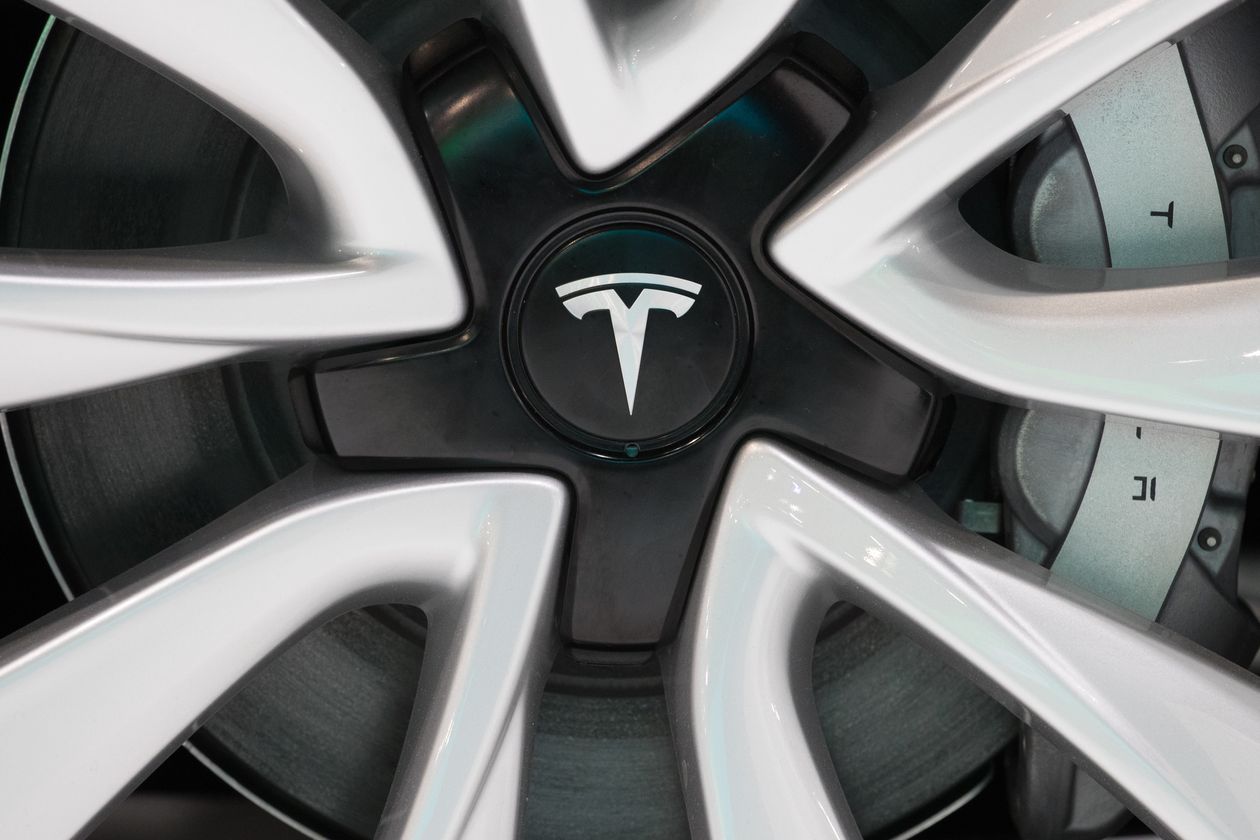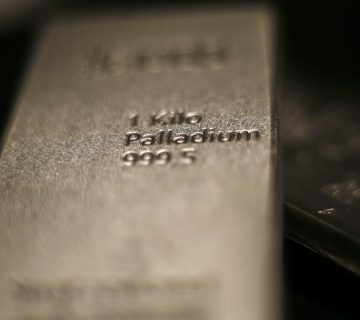It was a rare feeding frenzy on Wall Street. And the sharks circled Tesla’s stock, which reached an intraday high of nearly $1,000 on Feb. 4 and finished the week down 23% from its peak.
Last week was a rare feeding frenzy on Wall Street. And the sharks were circling Tesla stock.
The numbers describing the week Tesla (ticker: TSLA) stock had between Feb. 2 and Feb. 7 are just unbelievable. They deserve to be reviewed.
For starters, Tesla stock was up 50% on the week at one point. They reached an intraday high of nearly $1,000 on Tuesday. (Shares were about $180 in June 2019.) The stock then “crashed” back to earth, finishing Friday down 23% from its peak. When it was all said and done, shares rose about 15%, from about $650 to $750 a share, from Friday Jan. 31 to Friday Feb. 7.
That’s only half of the story. Tesla traded more stock value—the volume of shares multiplied by the price paid—than any stock ever on Tuesday. And it beat the prior champ, Apple (AAPL), by a wide, $25 billion, margin.
More than $55 billion worth of Tesla stock exchanged hands on Tuesday. For the week, almost $170 billion worth of Tesla stock transacted. It took three days to trade more than 100% of Tesla’s market cap. Stocks just don’t move like that.
Consider New England utility Eversource Energy (ES). It is the most average company in the S&P 500 (by market value, not by business strategy). It falls in the middle of the index with a $29 billion market value. The utility trades roughly $180 million worth of shares each day. The utility’s market value turns over about two times a year. That’s what “normal” trading looks like.
Do stock feeding frenzies matter to investors? The answer is a resounding maybe. Dow Jones Market Data looked at top trading days—by market value swapped—over recent history. Maybe higher than average value traded indicates something good, or bad, is going on at a company. After the feeding-frenzies identified by Barron’s—when trading value spiked—the stocks involved trailed the broader market by about 6 percentage points over the next 12 months. That’s not great performance.
Does that mean Tesla is doomed to lag behind the S&P from here? It’s hard to say. This is not a scientific study. It represents only anecdotal evidence.
And there is no good definition for a stock market feeding-frenzy—as there is with other Wall Street-isms. A bear market, for instance, is what traders refer to as a 20% drop from market highs. Tesla traded more than 10 times its average value traded on Tuesday. A multiple of 10 times could be one definition of feeding-frenzy.
That’s probably too high a bar. It’s hard to find another situation like 2020 Tesla.
Still, this is all just fun with numbers. Investors are left to wonder why it happened in the first place. A short squeeze—when bearish investors rush to cover—is one explanation. But not everyone agrees with that assessment.
“With that many shares trading hands, the amount [sold short] being covered is a drop in the bucket, which likely had very little impact on the total move,” wrote Leuthold Group’s Greg Swenson in a report on Friday. “The more likely cause is speculator FOMO—Fear Of Missing Out—the overall story has been extrapolated to Tesla providing batteries to all electric-car manufacturers in the future, in addition to rapidly increasing their own car production.”
Whatever the reason, Tesla stock is up almost 80% year to date, crushing comparable returns of the S&P and Dow Jones Industrial Average.
Wall Street denizens are likely grateful for the weekend reprieve. Who knows what next week holds.
Source: Yahoo! Finance








